The first 1000 primes with modulo ![]() edges can be assembled like so:
edges can be assembled like so:
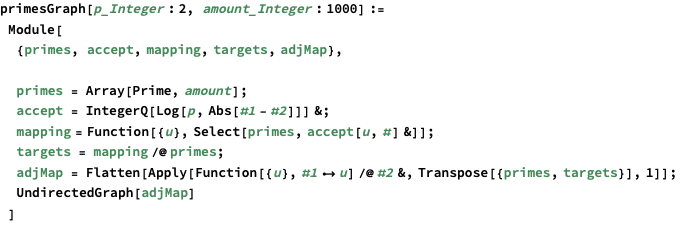
The standard base-2 graph looks like the following:
![]()

![]()
The base-n graphs for n=2,..,100
![]()
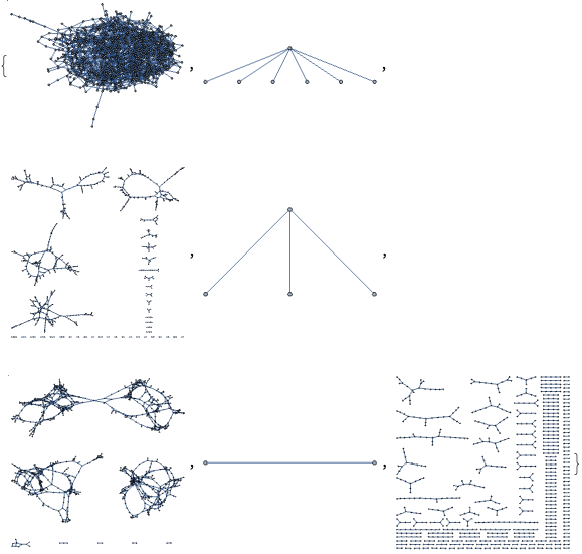
It seems the odd values gives a connected graph except for N=2:
![]()

The diameter is obviously ∞ for odd values:
![]()

If we take the odd ones only and skip the N=2 exception:
![]()
![]()
Let’s create an association for this:
![]()

Can something be learned here?
![]()
![]()
Let’s create a test set:


![]()
![]()
That’s not encouraging. The classifier actually is a simple block function as can be seen from
![]()
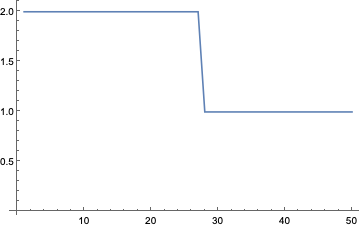
How does it look visually?
![]()
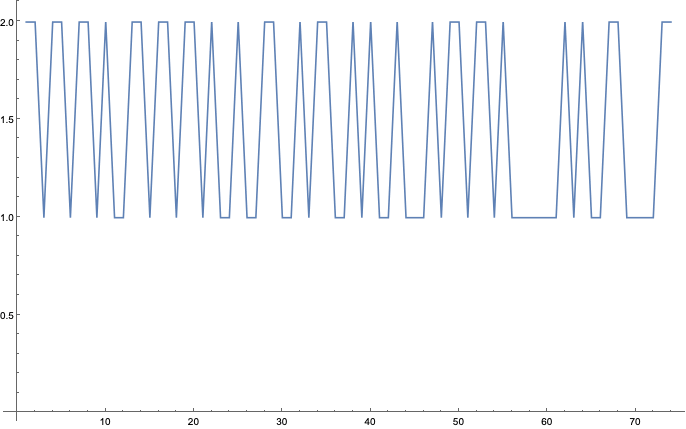
![]()

Prime base
What about using prime bases? The first 100 primes:
![]()
Here again, only N=2 stands out:
![]()

More visually:
![]()
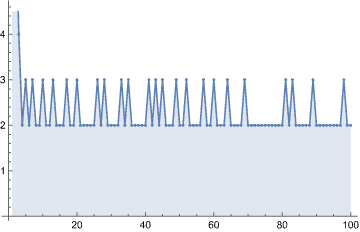
This is equivalent to looking at the graph diameter:
![]()

Since it looks so binary, let’s omit the first anomaly and see what number this produces:
![]()

![]()
![]()
Link prediction
![]()
![]()
There seems have be some convergence and bands or levels:
![]()
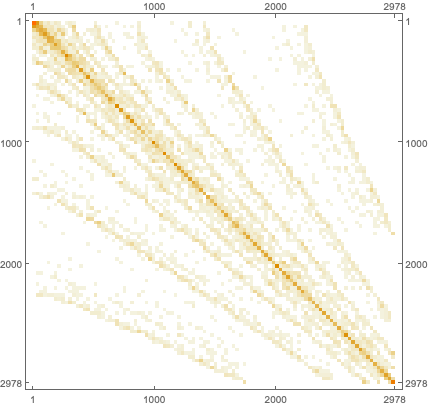
![]()
Because of the sparseness we sample in the first 100 primes:


Even all of this leads to a highly imbalanced set to train.

So, have to approach it differently. Let’s take a positive set:
![]()

and a negative set:
![]()

Let’s combine this into a function:
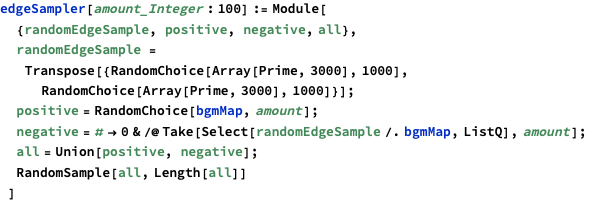
Now we can generate arbitrary datasets for training and testing:
![]()
![]()
![]()
![]()
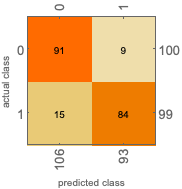
![]()
![]()
![]()
![]()
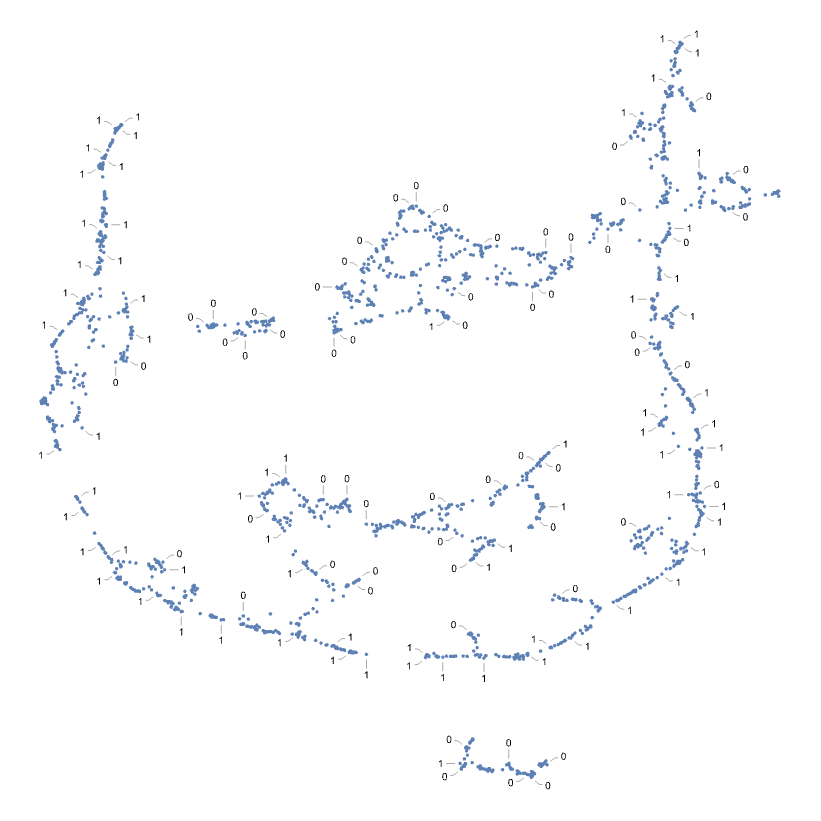
![]()
![]()
![]()
![]()
![]()
![]()